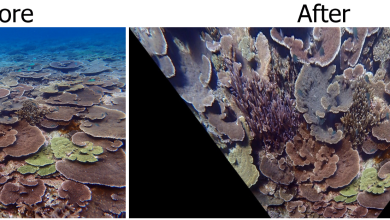Ancient Genes? Biological Urges in Serial Murder
I just spent an unsettling hour or so reading an article I came across searching for something else in Proquest(isn’t that what always happens?). I started reading Cruelty’s rewards: The gratifications of perpetrators and spectators, by Victor Nell (2006), because I got to thinking about how most students in my Serial Killers class profess to anxiously looking forward to the experience at the end of their Criminal Justice degree program. In fact, many of our restricted electives have a direct (Violent Crime, Serial Killers), or indirect (Organized Crime) focus on human violence.
It’s always fascinated me how much students look forward to this class. Perhaps it’s teaching it 2 or 3 times a year, but the topic can get pretty grim. From a societal standpoint, we focus on the killers, not the victims. From a moral standpoint, these dirtbags contribute nothing to society but misery and suffering. Even if the victims are often from the street, life stories abound about people who get off the street and make something of themselves, so the serial killer vanquishes possibilities as well as life itself.
Nell writes, “The actualization of this universal potential to use and enjoy cruelty may vary along a continuum from low to high readiness. At the low-readiness end are those who passively enjoy media cruelty but refrain from cruel acts; moving along the continuum are those who respond to situational cues, inflicting pain if social inhibitions are removed and role triggers are present, and following a pathway into affective cruelty through a reversal from cruelty inhibition to cruelty potentiation, in which the victim’s cries and pleading activate the PBD (pain-blood-death, see page 39) complex, augmenting the perpetrator’s arousal and escalating cruelty.”
His viewpoint is neuroscience and behavior, and he rather clinically dispenses a history of human cruelty from our prehistoric origins. I guess I could say “our animal origins” but don’t want to open that box, although I agree that humans are by nature prone to self-stimulating bad behavior and need to be taught restraint and compassion. Nell points out that for those creatures who rely on the hunt to survive there must be a stimulating nexus between the chase, the capture, and the death that makes the meal possible; it must bring pleasure to some degree or the desire to hunt may not be strong enough to survive. The fear, the blood, the suffering are all integral to the process. This may be a bit deep for Criminal Justice but we want students to stretch their limits a bit.
Nell also notes that, “it is impossible to understand cruelty without acknowledging its
seductiveness and the strength of the pull we all feel (but shrink from acknowledging) to the “other side,” to darkness and evil.” Perhaps that’s why we are both attracted and repelled by such topics. I admit that I watch Kick-Ass, The Walking Dead, and any number of other violent action shows, and enjoy them for the most part.
So while I wonder why we study this stuff in Criminal Justice, I also acknowledge the pull these killers have on us. I want to know more about theories such as Nell’s, trying to draw causality in the behavior of a tiny minority of murderers motivated not simply by anger or greed, but by an older, more basic instinct. I’m a bigger believer in social theories, but I also have faith in the Curve. I’m happy sitting there a couple of standard deviations from the mean on the low-readiness side of Nell’s continuum, while acknowledging that mathematically there are some folks at the opposite, high readiness end. Thankfully, I think this curve is positively skewed toward low readiness. If you don’t quite get that term, you missed what we wanted you to learn in Statistics. Look it up when you have time.
Nell, Victor. 2006. Cruelty’s rewards: The gratifications of perpetrators and spectators. BEHAVIORAL AND BRAIN SCIENCES (2006) 29, 211-257.
photo credit: ‘Ajnagraphy’ via photopin





